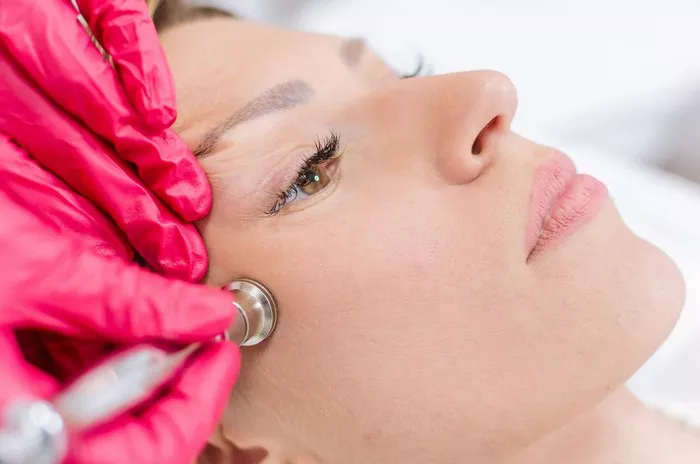Microdermabrasion is a popular skincare treatment that exfoliates the skin, revealing a smoother and more radiant complexion. While professional microdermabrasion sessions are widely available, advancements in technology have made it possible to perform this procedure at home. However, understanding the frequency of at-home microdermabrasion sessions is crucial to achieve optimal results without harming your skin. In this comprehensive guide, we will explore the different factors that influence how often you should do microdermabrasion at home, ensuring safe and effective treatments.
I. Understanding Microdermabrasion
Before delving into the frequency of at-home microdermabrasion, it is important to grasp the basics of this procedure. Microdermabrasion involves using a handheld device or kit to exfoliate the outer layer of dead skin cells, stimulating cell turnover and promoting collagen production. This non-invasive treatment can address various skin concerns, including uneven texture, dullness, fine lines, and mild acne scarring.
II. Factors Influencing Frequency
Skin Type: Different skin types react differently to microdermabrasion. Those with sensitive or delicate skin may require less frequent sessions, while individuals with thicker or oilier skin could benefit from more frequent treatments.
Treatment Intensity: At-home microdermabrasion devices offer adjustable intensity settings. Higher intensity levels may require longer gaps between treatments, whereas lower intensity levels may allow for more frequent use.
Treatment Goals: The specific skin concerns you wish to address with microdermabrasion can impact the frequency of your treatments. Mild issues may require less frequent sessions, while more significant concerns may necessitate more regular treatments.
III. Recommended Frequency Guidelines
When determining how often to perform microdermabrasion at home, it is essential to strike a balance between achieving results and allowing the skin to recover adequately. Keep in mind that these are general guidelines, and individual variations may apply depending on your unique circumstances.
Beginners: If you are new to microdermabrasion or have sensitive skin, start with one session every two weeks. This allows your skin to adapt to the treatment gradually. Assess how your skin responds before considering increasing the frequency.
Maintenance Phase: Once your skin has acclimated to the treatment, you can transition to a monthly schedule. This helps maintain the results and promotes ongoing skin rejuvenation without overwhelming the skin’s natural healing process.
Intensive Treatment Phase: If you have specific concerns or wish to accelerate results, you can consider more frequent treatments. However, caution is advised to prevent over-exfoliation and potential skin damage. For instance, you could try performing microdermabrasion sessions every two weeks for a period of six to eight weeks, followed by maintenance-phase frequencies.
IV. Signs of Over-Exfoliation
It is crucial to recognize the signs of over-exfoliation to avoid damaging your skin. Some indications include excessive dryness, redness, increased sensitivity, and flakiness. If you experience any of these symptoms, give your skin a break from microdermabrasion and allow it time to recover. Consult with a dermatologist if the symptoms persist or worsen.
V. Complementary Skincare Practices
To enhance the effectiveness of your at-home microdermabrasion sessions, incorporate complementary skincare practices into your routine. These may include:
Gentle Cleansing: Use a mild cleanser suited for your skin type to remove impurities without stripping the skin.
Hydration: Moisturize your skin adequately after each treatment to replenish moisture and improve healing.
Sun Protection: Apply a broad-spectrum sunscreen daily to shield your skin from harmful UV rays, as exfoliating treatments can increase sun sensitivity.
Avoid Harsh Products: Refrain from using harsh exfoliants or other aggressive skincare products immediately after microdermabrasion as they may irritate the skin.
Conclusion
At-home microdermabrasion can be an effective solution for achieving smoother and more rejuvenated skin. However, it is crucial to understand how often to perform this treatment to ensure optimal results without causing harm. By considering factors such as skin type, treatment intensity, and goals, you can determine a suitable frequency for yourself. Remember to start gradually, monitor your skin’s response, and make adjustments accordingly. Always prioritize skin health and listen to your body’s signals to strike the right balance between regularity and recovery. If in doubt, consult with a dermatologist or skincare professional who can provide personalized advice based on your unique needs. With proper care and consistency, at-home microdermabrasion can help you achieve the radiant complexion you desire.

